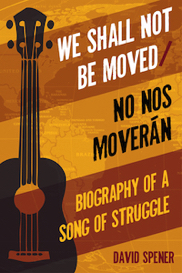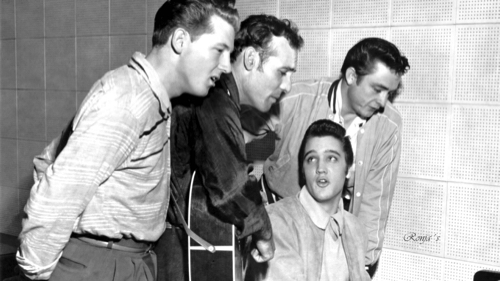Chapter 2. “I Shall Not Be Moved” in the U.S. South: Blacks and Whites, Slavery and Spirituals
Scroll down for audio, video, images and information to supplement your reading of Chapter 2 of We Shall Not Be Moved/No nos moverán: Biography of a Song of Struggle.
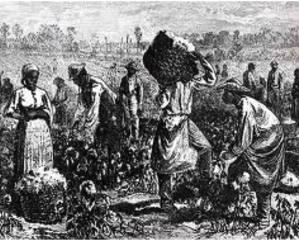
African slaves working in a cotton field in the southern United States.
Lashing of an African slave on a southern plantation in the US South.
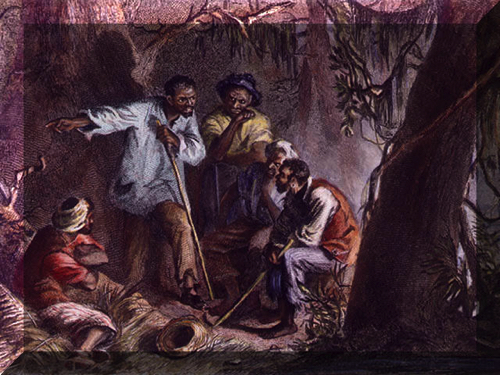
In 1831, Nat Turner led a slave rebellion in Southhampton County, Virginia. He communicated with fellow slaves about the planned rebellion by singing the spiritual "Steal Away to Jesus."
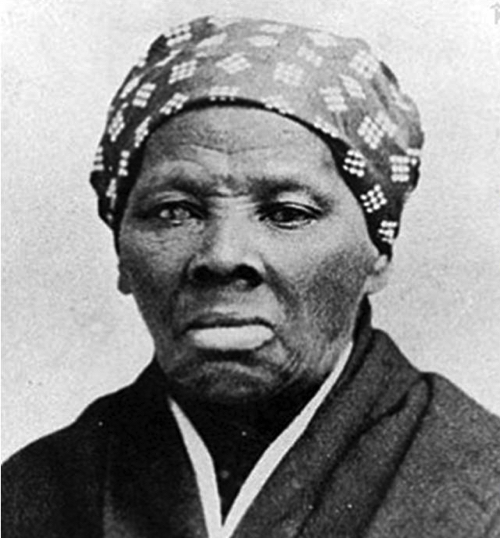
The leader of the Underground Railroad, Harriet Tubman, whose nom de guerre was “Moses,” also communicated with slaves she helped escape with a spiritual, “Follow the Drinking Gourd.”.

Abolitionist leader Frederick Douglass noted the power of slave spirituals and the “coded” liberatory messages they contained.

The great African American intellectual W.E.B. DuBois dedicated an important section of this classic work The Souls of Black Folk to the significance of slave spirituals.
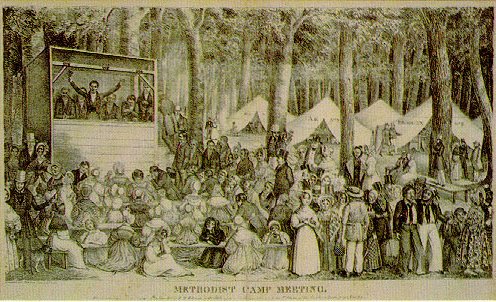
A camp meeting in a forest in the U.S. South.

A preacher at a camp meeting.

African American slaves attending a camp meeting.
The Reverend Hamilton Landrum leads an African American congregation in New York City in a rousing rendition of “I Shall Not Be Moved,” demonstrating the practice of “call and response” [antiphony] in the tradition of slave spirituals.
The Heartland Bluegrass Band performs a version of the song “I Shall Not Be Moved” from the white Protestant tradition.
